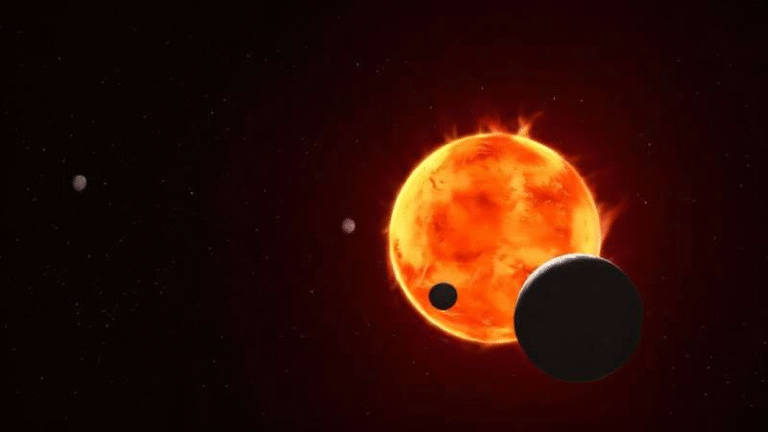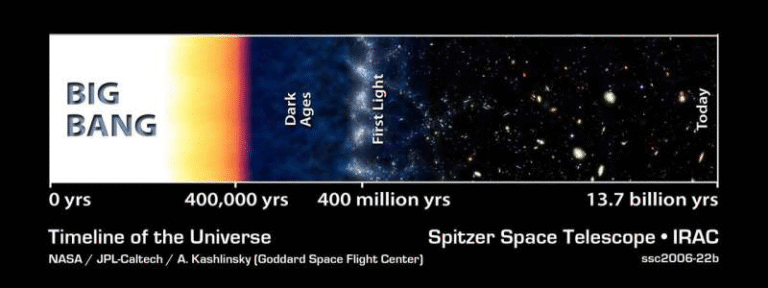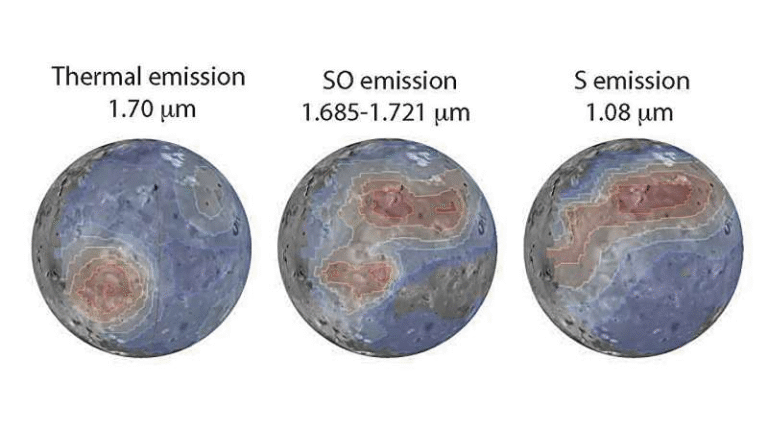Hubble’s Stunning Capture of Galaxy NGC 6000: A Clash of Old and New Stars

The Hubble Space Telescope has turned its gaze on the barred spiral galaxy NGC 6000, unveiling a striking portrait of stellar contrast. Located about 102 million light-years away in the constellation Scorpius, this galaxy shows an elegant mixture: a golden core populated by older stars, and vivid blue arms where newborn, massive stars blaze.
Here’s everything we know so far—plus some extra background to deepen your view.
A Galaxy of Two Faces
When you look at the recent Hubble image of NGC 6000, one thing jumps out: the color contrast. The inner bulge glows in warm golds and yellows, while the spiral arms radiate intense blues. Those colors aren’t for show—they reflect real differences in stellar populations.
- Near the galaxy’s center, most stars are older, cooler, and smaller. Because they emit more in longer (redder) wavelengths, their combined light appears yellowish.
- In the arms, young, massive, and hot stars dominate. These burn intensely and emit more in shorter (bluer) wavelengths, creating that vivid blue glow.
- The way the image was built—by combining exposures through different filters (e.g. in optical bands around 555 nm and 814 nm)—helps accentuate color differences and distinguish between stars of varying ages.
In short: NGC 6000 is a natural canvas of stellar evolution, showing old and new in one frame.
Supernova Echoes Revealed
NGC 6000 is not just visually beautiful—it holds a record of explosive history. The galaxy is known to have hosted two supernovae in recent decades:
- SN 2007ch in 2007
- SN 2010as in 2010
What’s remarkable is that Hubble’s sensitive detectors can still pick up faint afterglow from those events, even years later. Those remnants give astronomers clues about the original star’s mass, possible close companions, and the conditions leading up to the explosion.
By studying those faint traces, researchers can refine models of how stars die, how they interact with their surroundings, and how supernova feedback influences galaxy evolution.
A Cosmic Photobomb: The Asteroid Streaks
While capturing NGC 6000, Hubble inadvertently caught a little visitor: an asteroid drifting through. On the right side of the galaxy’s disk, you’ll spot four thin colored lines. Those are the trails left by the asteroid during repeated exposures.
Here’s how it works:
- Hubble takes several exposures in sequence, switching filters between each (e.g. red and blue filters).
- The asteroid moves slightly between exposures, so in each frame it shows up in a different position.
- When the frames are merged, the asteroid appears as colored streaks. The color you see corresponds to the filter used in that exposure.
These “asteroid photobombs” are rare but not unheard of in deep-sky imaging. Because of how astronomers use multiple exposures and filters, small Solar System objects become quite conspicuous.
More About NGC 6000: What the Catalogs Say
Understanding NGC 6000 in a broader context helps make sense of what Hubble’s image reveals. Here are some notable properties:
- Galaxy Type: It’s classified as a barred spiral galaxy (SB(s)bc), meaning it has a central bar structure and fairly well-developed spiral arms.
- Distance & Scale: The ~102 million light-year estimate comes from redshift and other distance indicators.
- Apparent & Absolute Brightness: Its apparent magnitude in visible light is around ~13.0, and absolute magnitude is estimated at about –20.9 (±0.36).
- Active Nucleus: NGC 6000 is also classified as a Seyfert II galaxy, indicating an active galactic nucleus (AGN) with strong emission lines—though not so bright as to outshine the rest of the galaxy.
- Size & Structure: Its visible disk spans roughly 20 kpc across. There are dust lanes threading through the centre, as often seen in spiral galaxies.
Why This Matters: The Scientific Value
This image is more than just a pretty snapshot. It provides raw, multi-layered data about how galaxies evolve, how stars form, and how they die. Having old stars, young stars, supernova remnants, and even an asteroid in one frame is a rare opportunity to see many cosmic processes at once.
- The contrast in colors tells us about stellar demographics: which parts of the galaxy are older, which are actively forming stars, and how gas and dust are distributed.
- The lingering supernova glow helps constrain progenitor models—especially whether those exploded stars had binary companions or particular mass ranges.
- The presence of the asteroid streaks reminds us that observations are never free of interference—but also that careful imaging strategies can reveal unexpected phenomena.
In the realm of galaxy studies, NGC 6000 becomes a compelling case: an active nucleus + mixed-age stellar populations + past explosions all wrapped into one target.
A Bit More on the Physics of Star Colors
Since color is central in this observation, here’s a deeper dive:
- Stars emit light roughly as blackbodies, so their temperature determines peak emission. Hot stars (e.g. O, B types) peak in blue/UV; cooler stars (e.g. K, M types) emit more in red/infrared.
- Massive stars are hotter and live shorter lives; low-mass stars live longer and cool gradually. Over billions of years, a galaxy’s inner regions tend to accumulate older stars.
- Dust and gas can redden light (absorption, scattering), making stars appear redder than they intrinsically are. In images like this, dark dust lanes often weave through the center, further shaping observed colors.
- Using multiple filters (say 555 nm “V band” and 814 nm “I band”) lets astronomers create color indices (like V – I) that estimate a star’s age, metallicity, or extinction.
So Hubble’s filter-based approach isn’t just aesthetic; it’s a scientific method to separate stellar populations and correct for dust effects.
A Look at Similar Imaging Programs
This observation wasn’t random. NGC 6000 was part of a survey of galaxies known to host recent supernovae. The idea: revisit such galaxies to look for leftover signatures of those explosions.
Such follow-up imaging is key in modern astrophysics. By reobserving galaxies with known supernova history, astronomers build long-term datasets to study:
- How supernova remnants evolve over time
- How the surrounding interstellar medium reacts to past explosions
- Whether supernova progenitors had companions or particular mass thresholds
The Hubble image of NGC 6000 joins a growing archive of high-resolution observations in this kind of long-term tracking.





